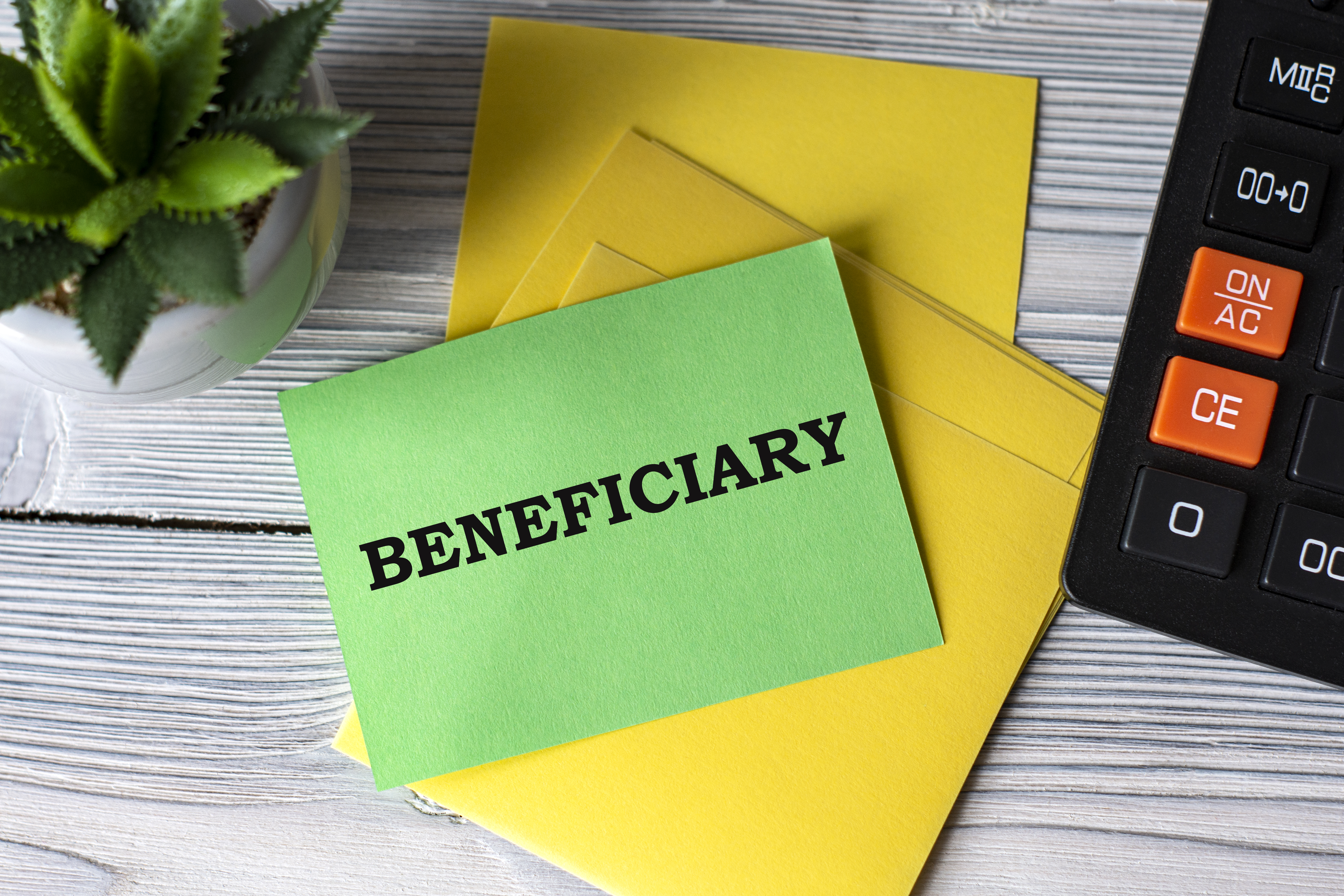
Life Insurance
Make the AGC Education and Research Foundation a beneficiary of a life insurance policy (or one of the beneficiaries) or make AGC Education and Research Foundation the owner of a paid-up whole life policy (and receive a tax deduction for this gift).
Changing beneficiary designations or ownership of a life insurance policy is easy and costs nothing. Often a donor can simply download a form from the insurance company’s website, fill in the name of the charity as a beneficiary, and send it back.
Example: Harold owns a paid up insurance policy he bought when he was 25, with a death benefit of $50,000 and a current cash value of $45,000. He long since finished making premium payments on the policy and no longer needs it. He can give the policy to the AGC Education and Research Foundation and receive a tax deduction for roughly the $45,000 cash value.
Example: Pete has a life insurance policy with a $100,000 death benefit. His children are the primary beneficiaries, and he wants them to benefit from the policy, but he also wants to leave a legacy for AGC Education and Research Foundation. Thus he designates the AGC Foundation as a 10% beneficiary of the policy, guaranteeing a $10,000 gift at his death.
Retirement Plans (an IRA or a 401(k) or 403(b)
Make AGC Education and Research Foundation a partial beneficiary of a retirement plan. Note: this is the most tax savvy estate gift for a single person, because if anyone other than a spouse receives the roll-over of the plan, that person has to pay income tax at the amount received at his or her tax rate.
Retirement plans are often one of the largest assets people have in their estate. If a donor leaves a portion of a qualified plan, like an IRA or a 401(k) to anyone other than a spouse, that person may have limited rights about withdrawing the money and will have to pay income tax on any money withdrawn. A nonprofit like AGC Education and Research Foundation, however, pays no tax. Naming a nonprofit as a partial beneficiary of a retirement plan is easy, often involving no more than changing a beneficiary on-line.
Example: Mary, who would like to make a gift through her estate to the AGC Education and Research Foundation, has an IRA worth $500,000. She can designate a percentage of her IRA to the Foundation as a tax savvy gift. She saves all the potential income tax on the amount she gives to the Foundation without cutting into her retirement income.
Example: Jeff, who is 71, has a large IRA. Because he is over 70, each year he must withdraw a required minimum distribution from that IRA and pay taxes on the amount he withdraws. Jeff does not need the money and would like to avoid the tax on his required distribution. By having his plan administrator give his RMD to the AGC Education and Research Foundation, he will give a gift and not have to pay taxes on money he does not need.
Example: Malcolm has a $500,000 401(k) that he has accumulated over the years. He would like to make sure his children can have the income from what is left in the plan after his death, but he does not want them to pay income tax on their inheritance. By making a charitable trust the beneficiary of the plan and his children the income beneficiaries of the trust, he can avoid the upfront income tax, provide an income to his children, and make a long-term substantial gift to the AGC Education and Research Foundation.
